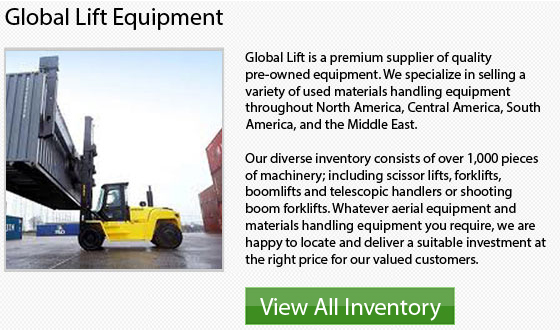
Some businesses might choose to utilize new employees in the shipping and receiving area, though they might be better served to assign pros to handle these challenging tasks. Experienced individuals who really understand and know the products seldom mix things which might look the same but are quite different and they truly know how to stock bins and shelves properly and hence, work a lot more effectively.
It is a good idea if you have new employees to start them out by filling orders. This provides them with a terrific chance to know the products, paperwork and clients along with any electronic inventory system which might take some getting used to. In addition, it is easy to check their efficiency by going over their work orders when they are packed for shipment.
The next tip is to plan the truck arrival, because you really do not want all trucks to arrive at the same time. By being organized and planning arrivals, you would eliminate excessive waiting time in the yard and also eliminate pressure on shippers and receivers. The more efficiently you could schedule the arrival of your trucks, the fewer dock doors you will need to work which would really save you a lot of money on utilities in the long run.
If you can, work different shifts for shipping and receiving. One method is to receive products in one shift and separate the shipped items to a different shift. Organizing yourself in this way could allow you to reduce the staging area needs by 50%. You might also be able to get rid of time-wasting bottlenecks within the warehouse. What's more, by separating your shipping and receiving, you will know which shift to look over if any discrepancies occur down the road and can keep track of orders more effectively.
Speed up the unloading process. This will really help you out because the longer a truck sits at your door for loading or unloading, the more congested your yard can become. Based on studies, roughly 60% of mass merchants are capable of unloading trucks in less than an hour, while roughly 20 to 30% of the grocery business performs at a similar standard. Take time to observe and time operations in order to see how your facility measures up overall.
Maintain your floors since any defects in the floor's surface could cause a forklift operator to take a detour or slow down. The uneven floors can really reduce efficiency. Uneven floors or deteriorating floor section seams or potholes also cause wheel wear and vehicle damage. In some cases, really damaged floors can cause product damage and loads tipping.